Navigating the streets of Thessaloniki requires understanding road safety and local driving etiquette. When driving in Thessaloniki, observing speed limits, being aware of pedestrian crossings, and staying updated with local traffic regulations to avoid violations are important. Additionally, given its busy streets, unexpected stops, and the presence of assertive local drivers, maintaining a safe distance, using indicators early, and preparing for abrupt traffic changes are significant. Adhering to proper driving etiquette is fundamental for a smooth experience in Thessaloniki. This includes showing patience and alertness at all times. Being courteous to other road users by signalling lane changes and allowing vehicles to merge is obligatory. Moreover, Thessaloniki’s layout consists of modern roads and older, narrow streets, especially in its historic centre. Parking in designated areas, using indicators for turns, and respecting pedestrian rights are integral elements of driving etiquette.
Continue reading “Driving in Thessaloniki: Road Safety, Driving Etiquette and Car Rentals”

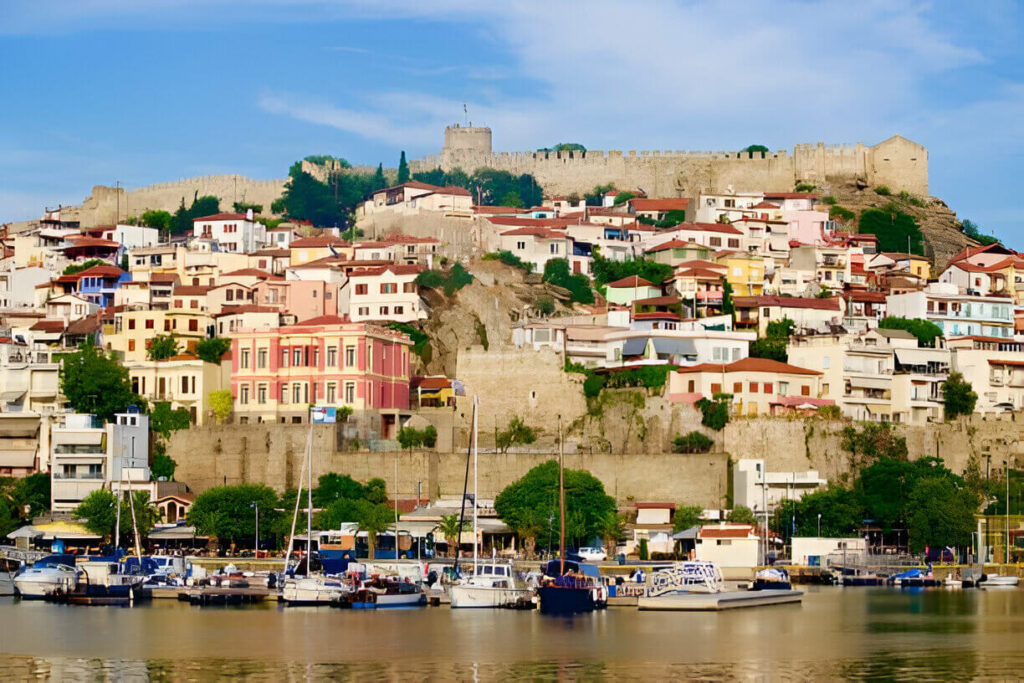

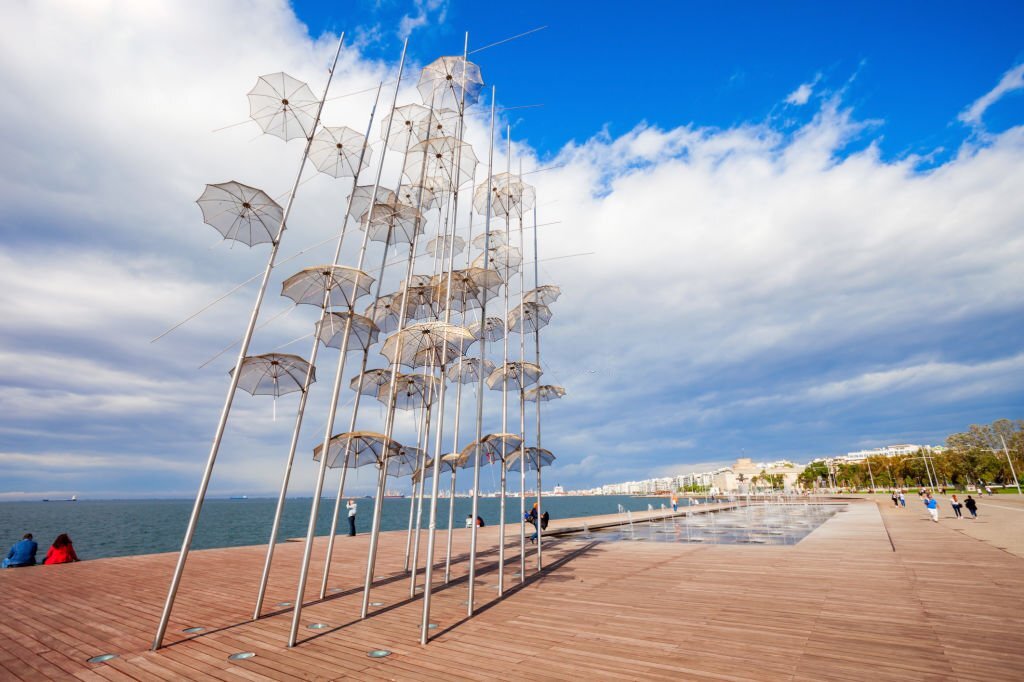
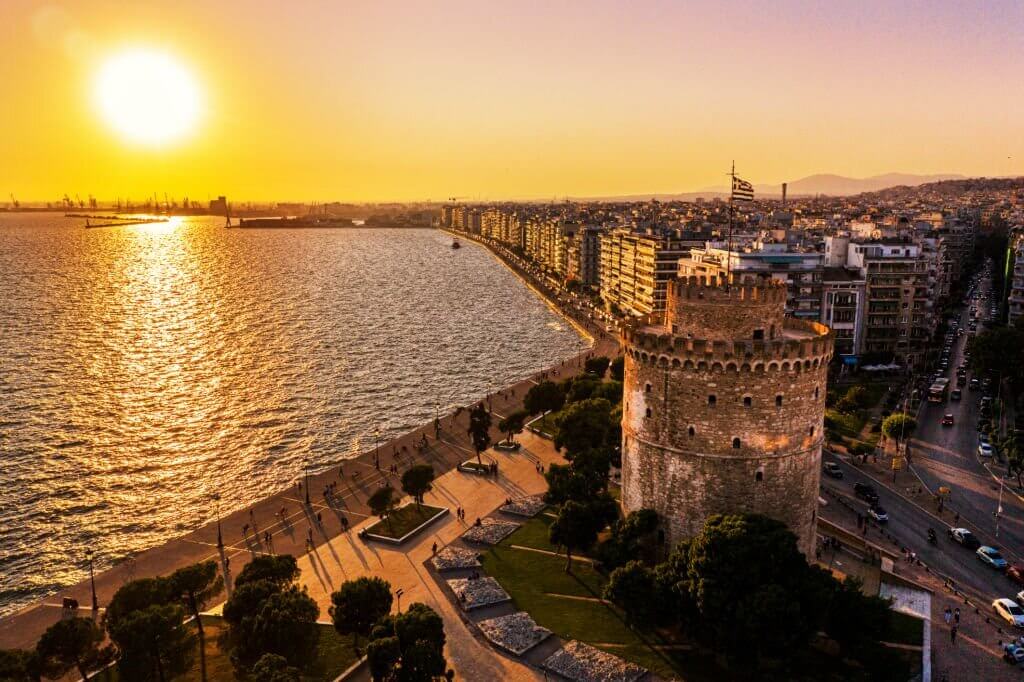
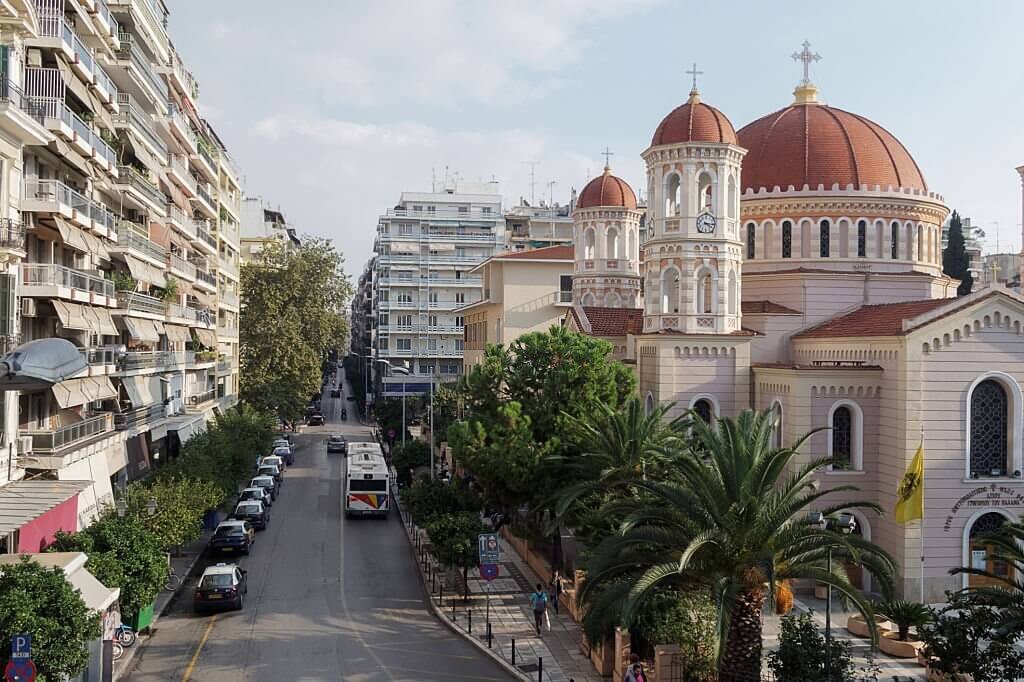
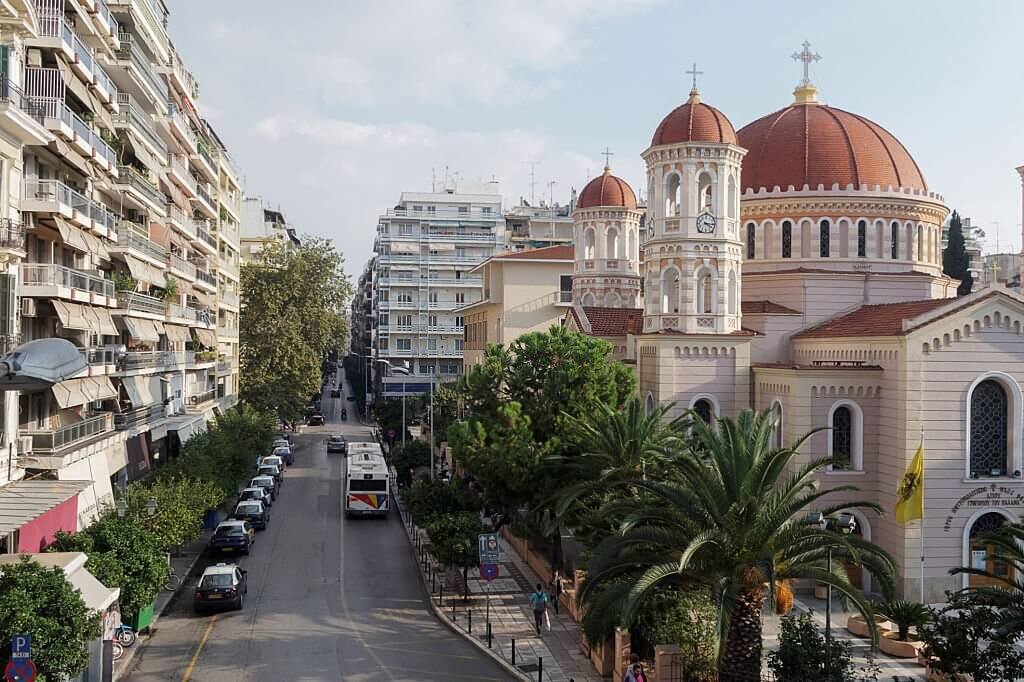
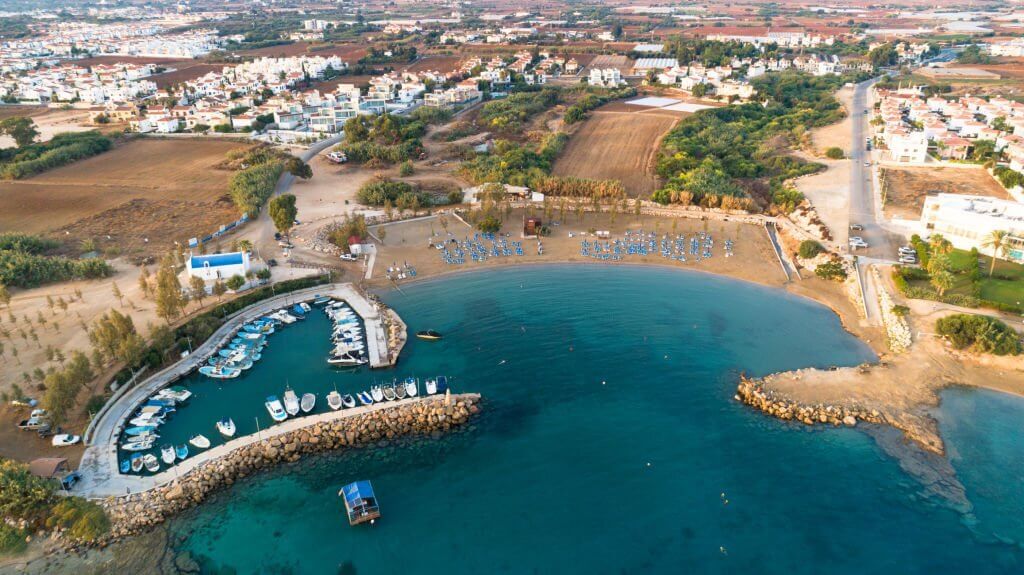
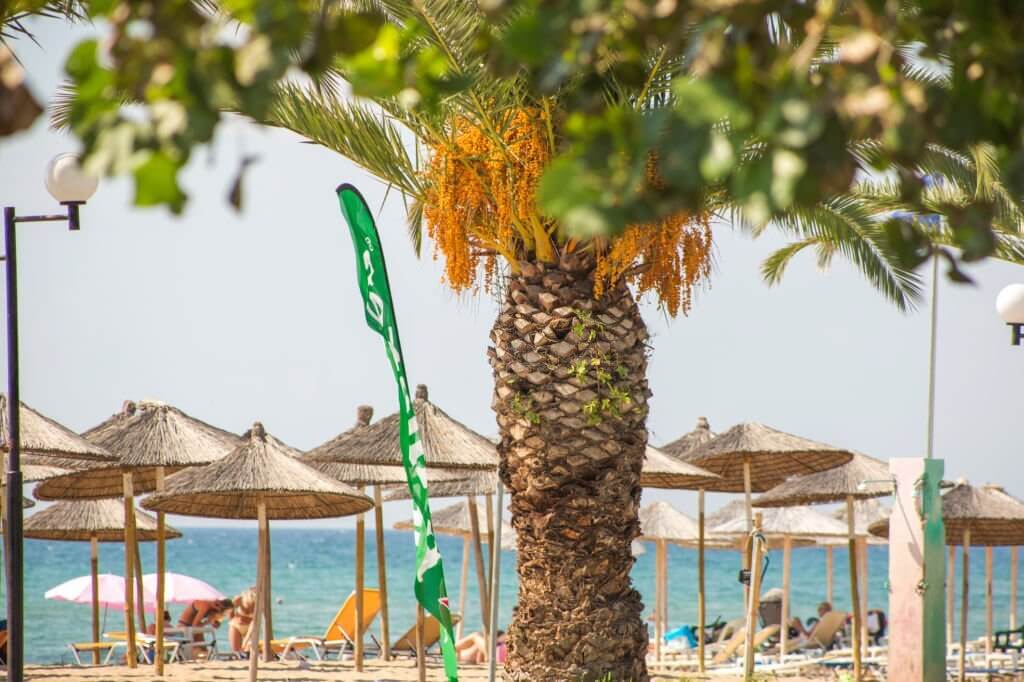
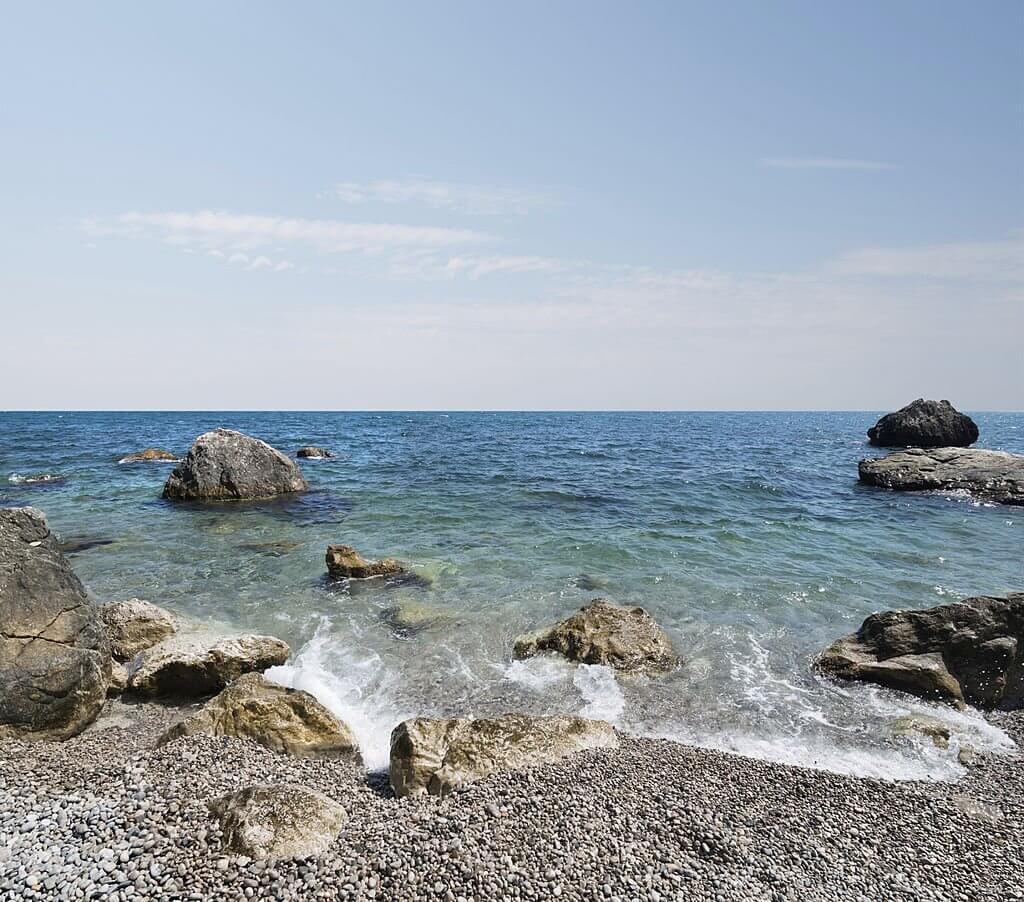
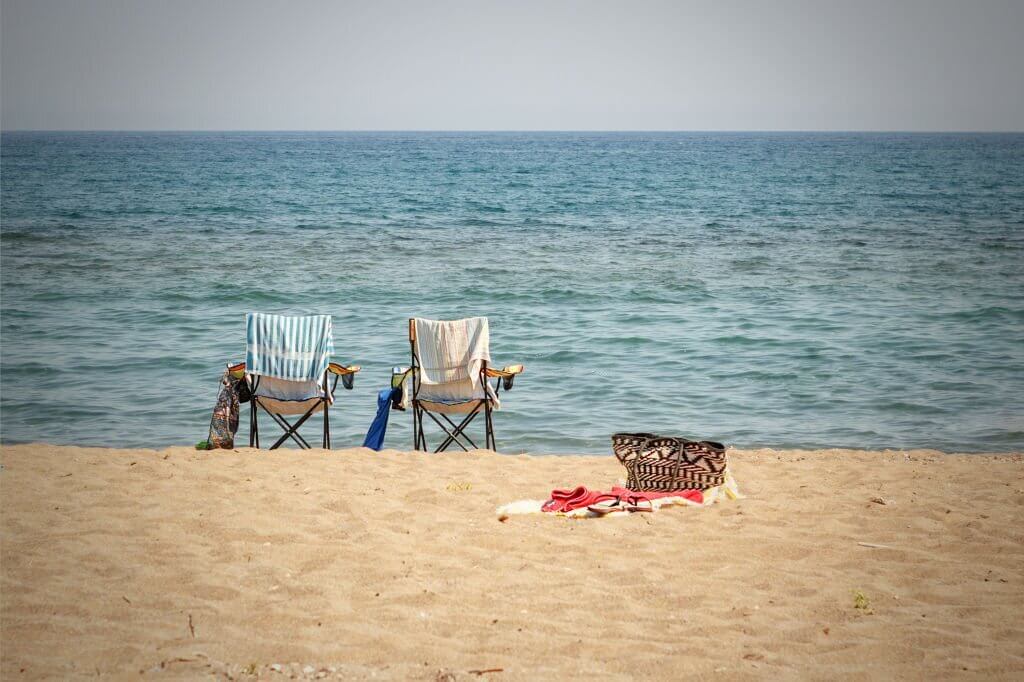
 German
German Greek
Greek Română
Română Polski
Polski


